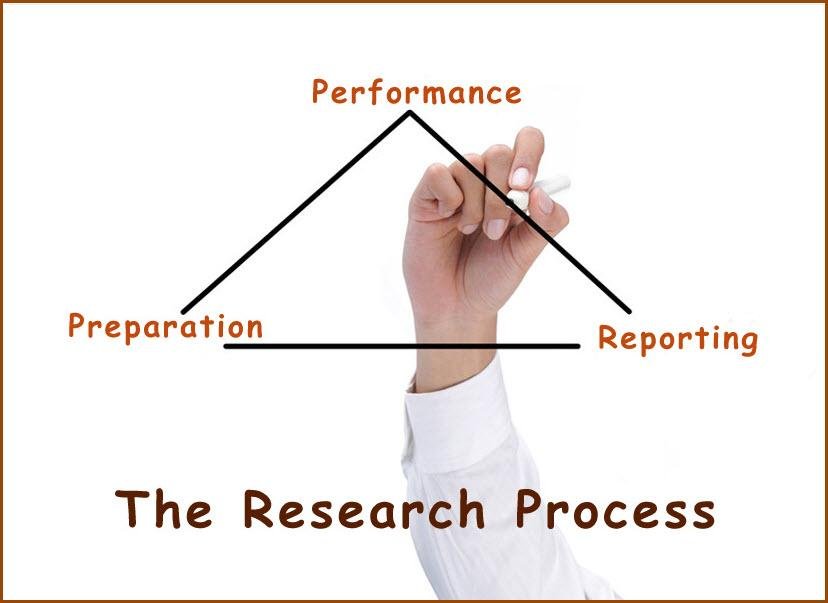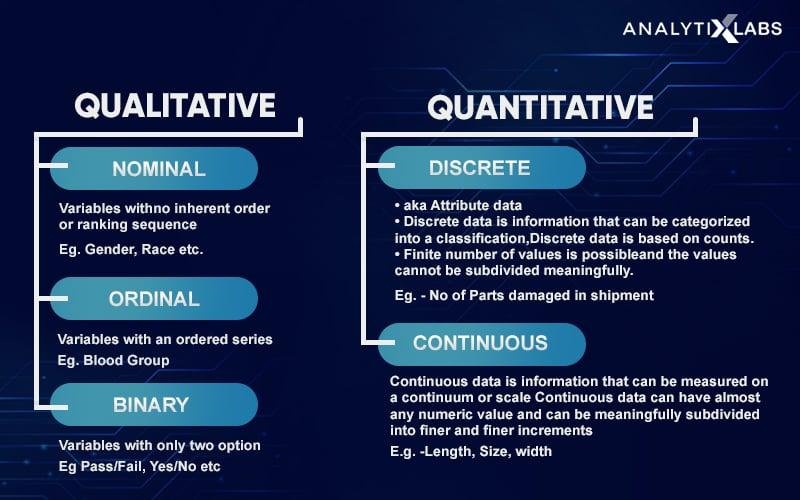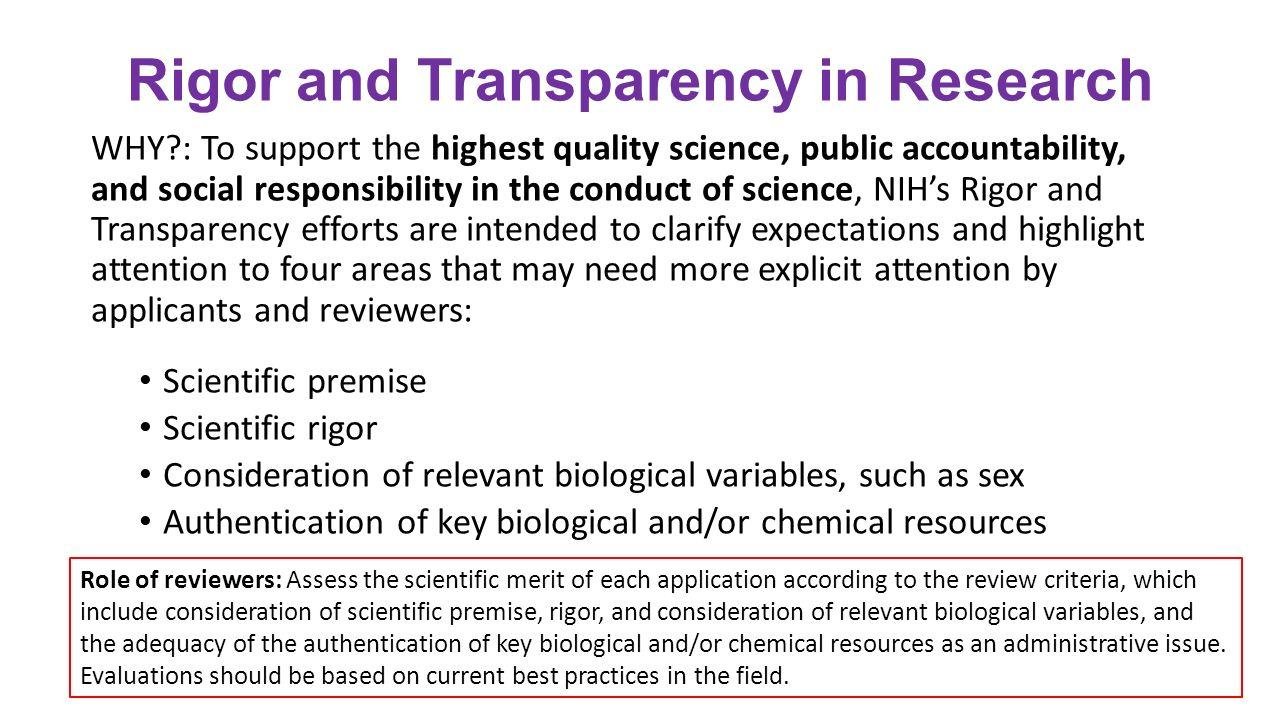qualities of a good research report

In the realm of academia and beyond, the research report stands as a pivotal bridge between inquiry and understanding. It is not merely a collection of data or findings; rather, it is an eloquent storyteller, weaving together threads of evidence, analysis, and insight into a coherent narrative. The qualities that define a good research report go far beyond polished presentation or adherence to format; they encompass clarity, credibility, and the ability to engage the reader in a meaningful dialogue. As we delve into the essential characteristics that elevate a research report from the ordinary to the exemplary, we will explore how these attributes not only enhance the communication of knowledge but also foster a deeper appreciation for the meticulous work that underpins rigorous research. From structure and methodology to the art of synthesizing complex information, join us on a journey to uncover the hallmarks of a research report that resonates with both scholars and the wider public alike.
Essential Structure and Clarity in Research Reporting
Clarity in research reporting is paramount, as it ensures that the findings can be easily understood by diverse audiences. A good research report should be logically organized, guiding the reader through the research journey. Essential components of this structure include:
- Title: A concise and informative title that captures the essence of the study.
- Abstract: A brief summary that presents the objectives, methods, results, and conclusions.
- Introduction: A section that lays out the context and significance of the research.
- Methodology: A detailed account of how the research was conducted, allowing for reproducibility.
- Results: Clear presentation of findings, often supported by visuals such as graphs and charts.
- Discussion: Interpretation of results in the context of existing literature.
- Conclusion: A summary of key findings and their implications.
In addition to a well-organized structure, the use of precise language enhances the report’s clarity. Researchers should keep in mind that complexity often hinders understanding. Therefore, some best practices in report writing include:
| Best Practice | Description |
|---|---|
| Use Simple Language | Opt for words that are straightforward and avoid jargon whenever possible. |
| Consistent Terminology | Define key terms and use them consistently throughout the document. |
| Focused Paragraphs | Each paragraph should focus on a single idea or concept. |
| Visual Aids | Incorporate charts and graphs to illustrate complex data effectively. |

Engaging Narrative and Logical Flow for Reader Comprehension
Utilizing a compelling narrative coupled with a coherent structure significantly enhances the readability of a research report. A well-crafted narrative should draw the reader in, guiding them through complex ideas with clarity and intention. Key elements to consider include:
- Logical Progression: Ideas should unfold in a natural sequence, linking each section seamlessly to the next.
- Clear Purpose: Every paragraph should serve a distinct function, reinforcing the main thesis and purpose of the research.
- Engaging Language: Employ vivid and precise language to maintain interest, making sure to balance professionalism with accessibility.
Additionally, incorporating transitional phrases can bridge gaps between different sections, enhancing comprehension further. A thoughtful arrangement of tables and figures can support the narrative by presenting data in an easily digestible format. For instance:
| Section | Main Focus | Purpose |
|---|---|---|
| Introduction | Background Information | Set the stage for the research |
| Methods | Research Design | Explain how the research was conducted |
| Results | Key Findings | Present data and outcomes |
| Conclusion | Summary of Insights | Wrap up and reflect on implications |

Thorough Analysis and Robust Data Interpretation Techniques
In the realm of research, the ability to conduct a thorough analysis is paramount. A well-crafted research report should integrate various analytical techniques to ensure a comprehensive understanding of the data collected. This involves not only numerical analysis but also qualitative approaches that allow for a more nuanced view of the findings. Effective analysts utilize a combination of methodologies, such as:
- Statistical Analysis: Involving descriptive and inferential statistics to derive meaningful patterns.
- Comparative Analysis: Assessing similarities and differences across datasets to highlight trends.
- Thematic Analysis: Identifying and interpreting patterns in qualitative data.
Equally important is the aspect of robust data interpretation, which focuses on translating complex data sets into understandable insights. Researchers must ensure that their interpretation reflects an accurate representation of the data while considering potential biases and limitations. Clear visual aids, such as tables and charts, can significantly enhance comprehension. For example, a well-structured table categorizing findings can help in identifying key themes at a glance:
| Theme | Data Points | Insights |
|---|---|---|
| Theme A | 30% | Indicates strong correlation with X. |
| Theme B | 45% | Reveals emerging trends in Y. |
| Theme C | 25% | Needs further investigation. |

Transparency and Ethical Considerations in Research Presentation
When presenting research findings, transparency is essential to uphold the credibility and integrity of the work. Researchers must provide clear and comprehensive details about their methodologies, data sources, and analysis processes. This openness builds trust between the researchers and their audience, including peers, stakeholders, and the general public. To enhance transparency, consider incorporating the following elements into your report:
- Detailed Methodology: Clearly outline the research design, sampling methods, and data collection techniques.
- Data Availability: Ensure that data is accessible for verification and replication, potentially through supplementary materials or online repositories.
- Conflicts of Interest: Disclose any potential conflicts that could influence the research outcomes, reinforcing the ethical framework of your work.
Ethical considerations are equally vital in framing a research presentation. They ensure that the dignity and rights of participants are respected, and that findings contribute positively to societal knowledge. Central to ethical research is the concept of informed consent, which mandates that participants fully understand the implications of their involvement. Essential aspects include:
- Respect for Participants: Acknowledge the autonomy and welfare of research subjects throughout the study.
- Research Integrity: Maintain honesty in reporting results, avoiding cherry-picking data to fit preconceived notions.
- Collaboration with Stakeholders: Engage with communities affected by the research to glean insights and enhance the relevance of findings.
In Conclusion
a well-crafted research report is not merely a compilation of statistics and findings; it is a bridge that connects inquiry to understanding. By embodying qualities such as clarity, coherence, and critical analysis, a good report transcends the confines of academia and speaks to a broader audience. It invites readers to engage with the material, encourages dialogue, and paves the way for informed decision-making. As we continue to navigate the complexities of various fields, honing these essential qualities will empower researchers to communicate their insights effectively and promote a culture of knowledge sharing. a good research report is not just about what we discover, but how we share those discoveries with the world.




